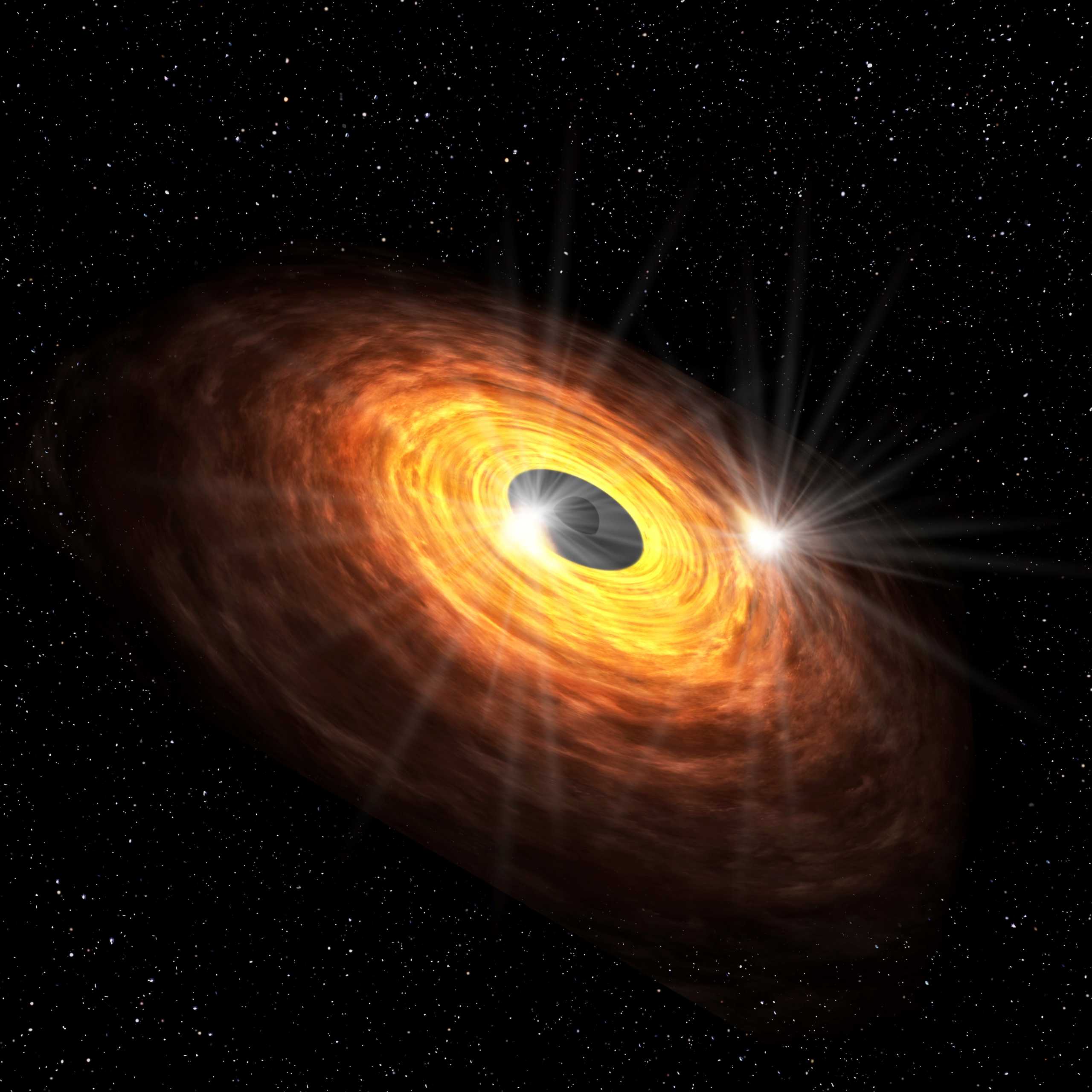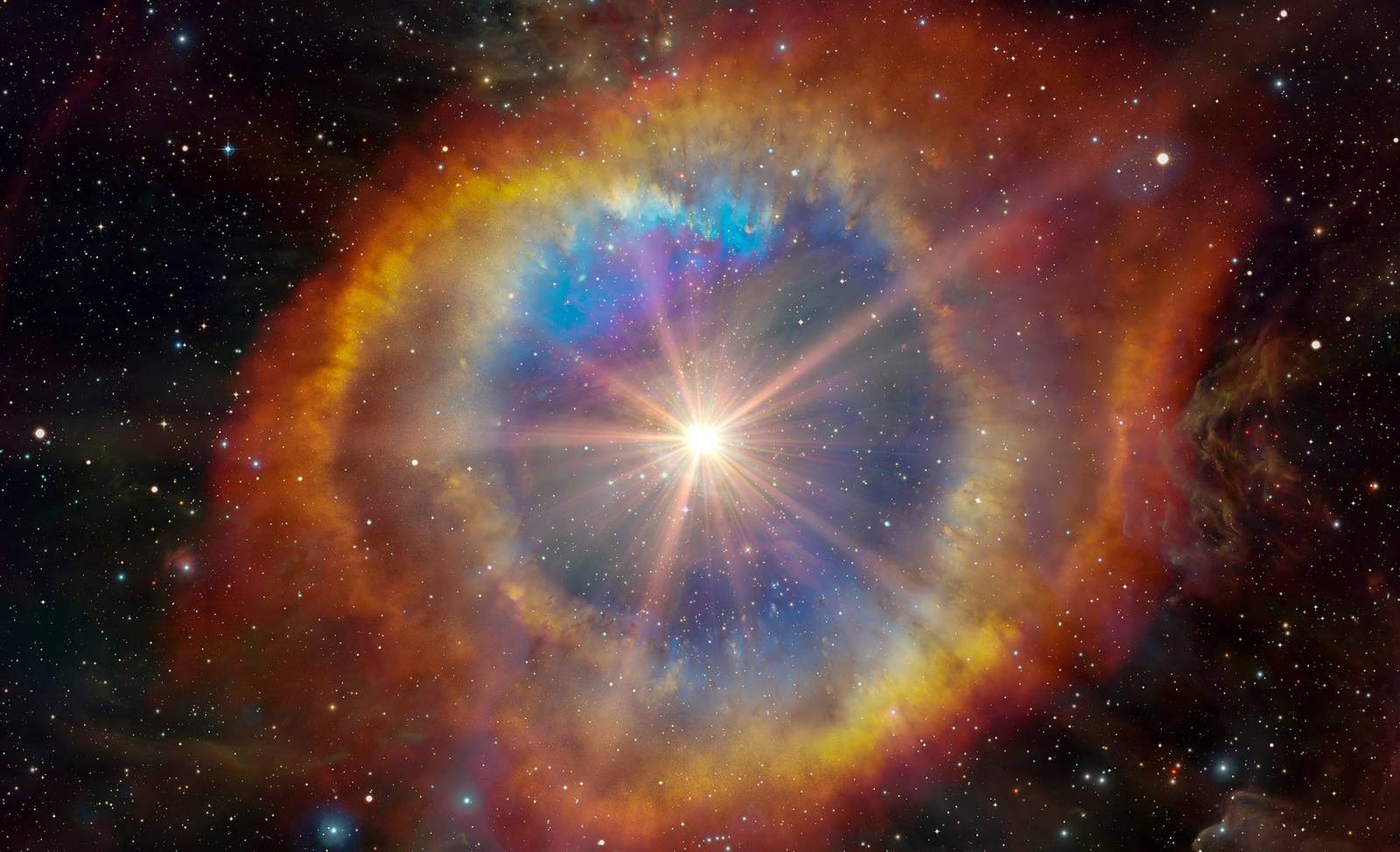Milky way has today published an incredible image that shows us the center of the galaxy we are a part of, with a black hole right in the middle of the region, surprising many people. Researchers monitoring the Milky Way using the ALMA telescope have managed to discover a series of radio signals coming from the very region of gas and material surrounding the black hole at the center of the galaxy, and the image below is a pretty good representation of what's going on there .
Milky way it would have in the respective region near it a series of elements that emit radio signals, these having an orbit around the black hole that is smaller than that of the planet Mercury. The researchers managed to record these radio signals for 70 minutes in each of the 10 days of monitoring they did for the central area of the Milky Way galaxy, then detecting and emitting shorter durations at various time periods.
The Milky Way: The INCREDIBLE Image That Shows the Center of the Galaxy

Milky way it has a black hole that does not emit radio signals, but the disk full of gas around it generates such radio signals, as it most likely happens with others. The difference between the time periods in which these radio signals were emitted from the accretion disk area of the black hole comes from the distances between its areas, so we are not talking about something influenced by the Milky Way, but about the way the black hole was formed.
"Sgr A * is known to sometimes blink in the millimeter wavelength. This time, using ALMA, we obtained high-quality data of the radio wave intensity variation of Sgr A * for 10 days, 70 minutes per day. Then we found two trends: quasi-periodic variations, with a typical time scale of 30 minutes, and slow variations—one hour.”
Milky way it has a very active black hole, and researchers believe that radio signals could be the basis of this intense activity that it has at the moment. Various "hot spots" form in the accretion disk of the black hole, and researchers believe that this is where the radio signals traveling through the Milky Way come from, and their duration differs depending on the area of the accretion disk where those points appear. over time.
Milky way it is usually monitored for radio signals by researchers, and they detect many daily, but not all of them find an explanation.

















